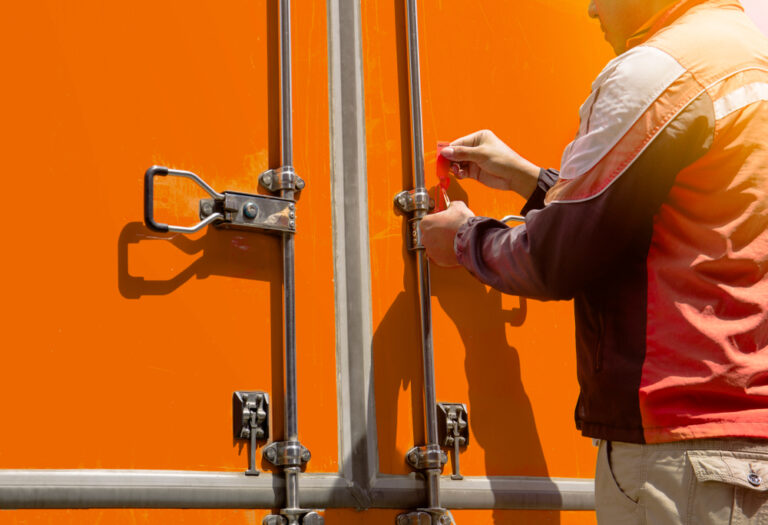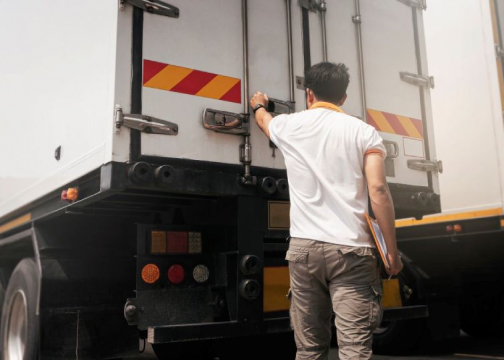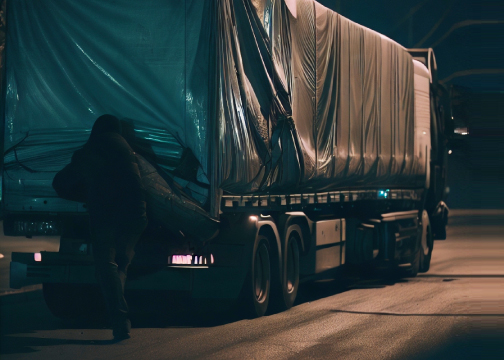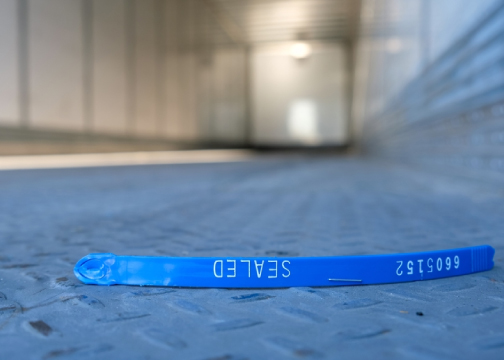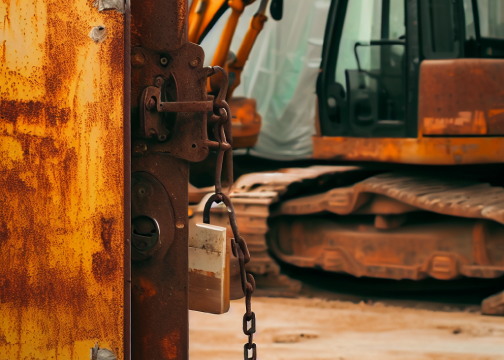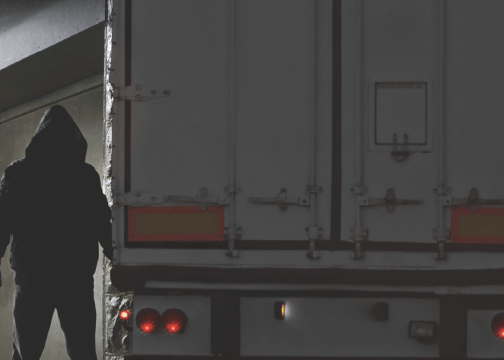Theft and smuggling in 2021: How thieves have cracked the container cargo seal
For too many years to count, the container cargo seal has been the shipping industry’s most commonly used security device. Its genius is its simplicity – if the seal is broken, owners know it’s time to start looking for a thief.
But all technologies become obsolete. Like the telegraph, the steam-powered train, and the VHS tape before it, the era of the cargo seal is over.
Its simplicity has been rendered ineffective by an increasingly powerful technology – 3D printing. To understand why using cargo seals is risky, it’s important to understand how today’s thieves and smugglers work.
Thieves don’t case warehouses
It might seem like the best time to steal goods is when they’re in warehouses. When goods are being stored, thieves have time to plan their attack. Also, warehouses are usually in cities’ least populous areas, giving thieves the opportunity to walk in and walk out without being seen by anyone.
But today, most warehouses are outfitted with advanced security systems. It’s difficult and risky to try and outwit these state-of-the-art technologies. That’s why most thieves don’t strike until the goods they want are packed into containers and on the move.
In 2020, only 25% of cargo was stolen while in warehouses, while 71% was stolen while in transit. The bottlenecks that slow traffic moving through port and warehouse yards gives thieves ample opportunity to strike. As detention times grow longer, thieves will only have more opportunities.
Easy-to-use 3D printers create easy-to-rob containers
3D printing has been around for decades. Until recently, it was primarily used by engineers and professionals with advanced technical skills. As the technology has advanced, it has become increasingly easy to use. Today, it’s so simple that there are even guides to 3D printing for kids.
Therein lies the problem – if 3D printing has become so easy that even a child can do it, a determined thief will be able to use the technology without breaking a sweat. And according to Global Trade Magazine, that’s exactly what’s happening.
For a few hundred dollars, thieves can purchase 3D printers online. It only takes an afternoon or two to learn how to use the machines. Once they’ve figured out the basics, they can print counterfeit cargo seals in under ten minutes. It doesn’t matter whether a seal is made of plastic or metal – there are printers that can crank out both.
The problem for securing goods is obvious – a standard security technology is now obsolete. Owners will have no idea if their seal is real or if it has been broken and replaced by an identical copy.
3D-printed cargo seals and smuggling
Anything that can be smuggled is smuggled – drugs, weapons, even people. But what might be most concerning are the links between smuggling, the international arms trade, and terrorism.
These types of crimes aren’t only committed by individuals and criminal organizations. Entire countries have developed sophisticated smuggling networks. Israel’s UN ambassador said that, “Iran and the Quds Forces have begun to advance the exploitation of civilian maritime channels.” And terrorist networks take advantage of failed states in strategic locations to build large, active smuggling organizations.
Counterfeit 3D printed container seals make smuggling easier than ever. Any smuggler can break into any container and put their illegal goods inside. All they have to do is replace the seal they broke with an identical copy and no one will ever suspect they were there.
3D printing has made container seals unreliable, with potentially dangerous consequences. But telegraphs were replaced by the telephone, steam-powered trains by the automobile, and VHS tapes by online streaming, and a new security technology is replacing the cargo seal.
Remotely track and monitor container doors
While shippers have been using GPS trackers for years, these technologies have become increasingly refined and powerful. Today, one GPS tracker does more than monitor container location – it also sends automated text and email alerts when container doors are opened.
These trackers can’t be replaced with 3D-printed duplicates. And even if criminals try, they send automated alerts the moment their locks are broken. A container guarded by a FleetUp tracking device simply can’t be broken into without alerting the container’s owner and security team.
Technology is changing the world quickly. But for every problem, there’s a solution. And the FleetUp team has built a solution that security-conscious shippers need.
Secure your containers.
|

